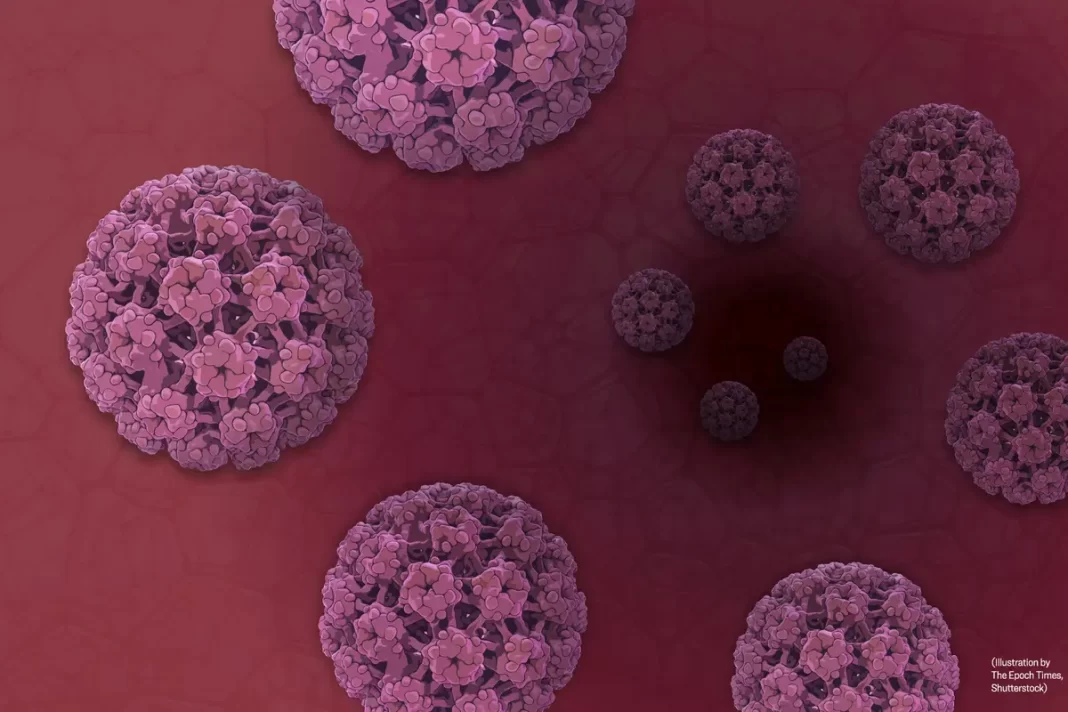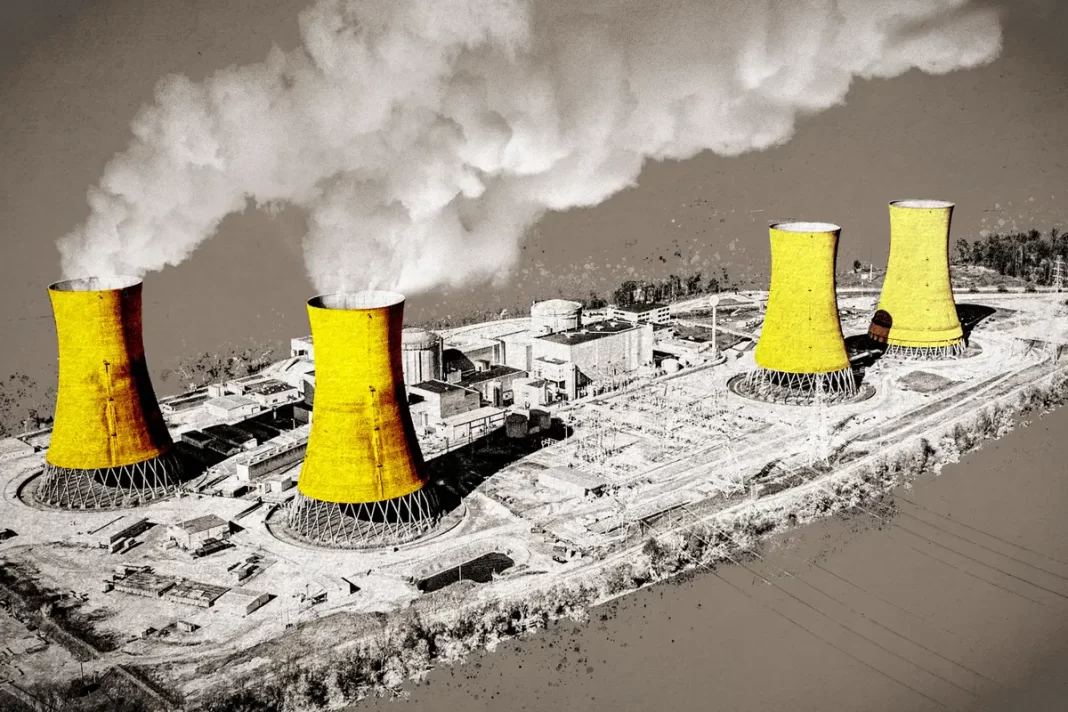There are major root causes for cervical cancer that are often ignored, yet their consideration is pivotal for achieving a cancer-free life.
In the series, “The HPV Vaccine: A Double-Edged Sword?” we will provide documented evidence of death and severe injuries linked with Gardasil, analyze the root cause of its harm, and offer solutions.To prevent cervical cancer, the human papillomavirus (HPV) vaccine has been extensively promoted for young girls and women to protect against high-risk HPV infections that can cause cervical cancer later in life, as an HPV infection is regarded as the main risk factor for cervical cancer.
However, we may be targeting the wrong bull’s-eye. Setting aside the undeniable deaths or injuries after HPV vaccination or its toxic adjuvant—all of which we have analyzed based on scientific data and literature in the past three articles in the series—the HPV vaccines themselves are not fundamental to the prevention of cancer. We must instead consider the root causes responsible for HPV infection and cervical cancer.
The Vulnerable Surface of the Cervix
Throughout humanity, the role of a woman has been closely intertwined with marriage and childbirth, impacting her lifelong health and well-being.
There is a specific area on the surface of the cervix called the “transformation zone” which is highly susceptible to cervical cancer and often where it originates.
Under the effect of hormones during early puberty, the transformation zone forms and gradually shifts in its location surrounding the cervix area, becoming stronger as a woman matures.
However, at a young age, this zone is not yet well developed or strong enough to defend against viruses and other harmful factors.
When girls enter puberty, a vulnerable type of cells, known as columnar cells, covers a certain part of the cervix. Only when we mature does another more protective type of cell, called the squamous epithelium, form a layer over the vulnerable columnar cells.
Thus, if sexual behavior occurs during adolescence, this zone will be much more vulnerable to being attacked by a virus, especially the HPV.
Once attacked by the HPV, the protective layers of the cervix’s outer lining will be removed, exposing the underlying layer to the HPV and allowing a precancerous lesion to more easily develop. For young girls who don’t yet have protective layers, it’s even more risky.
By Yuhong Dong









